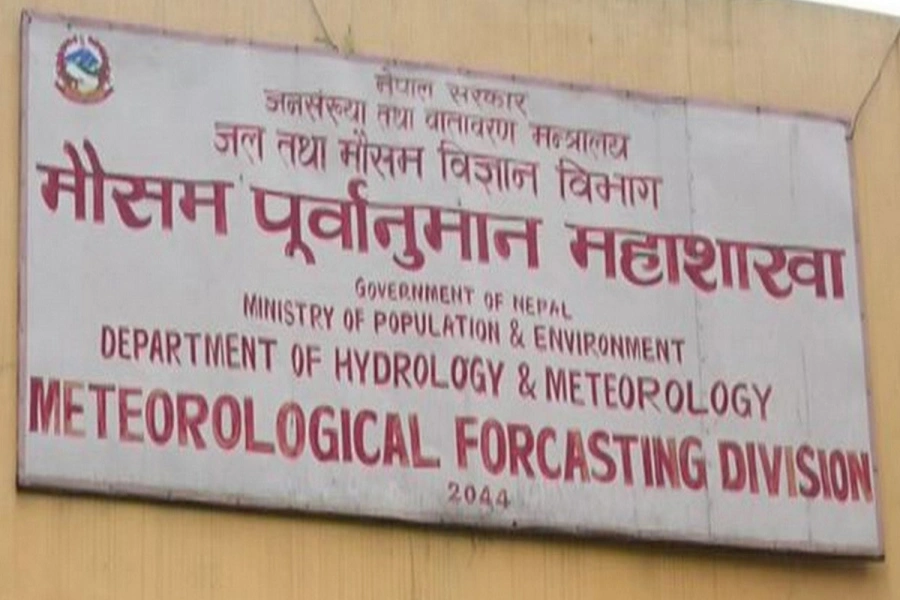KATHMANDU, Oct 28: Nabil Bank has announced to give 9.36 percent interest on three-month term deposits in the second week of the tightening of the interest rate by Nepal Rastra Bank (NRB).
Bankers say other banks will also be forced to raise interest rates on deposits after Nabil announced attractive interest rates two days ago. NRB had asked the banks and financial institutions (BFIs) to reduce the interest rate after some BFIs announced to give an interest rate of up to 11 percent on term deposits.
Lending slows as banks focus on recovery of loans at fiscal yea...

The interest rate was reduced to single digit following the directive of NRB. But once interest rates rise again, pressure on liquidity crunch will continue, bankers say.
According to bankers, the demand for loans, which could not be invested for about a year due to the COVID-19 pandemic, has increased significantly. "Right now, the impact of rising imports of various commodities and declining remittances is also causing a liquidity crunch," the banker told Republica. "In such a situation, the government has not been able to increase capital expenditure."
According to the Nepal Bankers’ Association, credit investment has been higher than the collection of deposits for the last few months. According to the latest details made public by the association, the total credit investment of banks as of October 22 is Rs 3.998 trillion.
Similarly, the deposits in these banks stood at Rs. 4.249 trillion till the same period. In the last one week, the deposits in the BFIs have declined by about Rs 20 billion. As of mid-October, bank deposits stood at Rs 4.269 trillion. According to the latest data from the association, the liquidity crunch is expected to continue.
Bankers say the government machinery should be serious as the liquidity crunch used to start after Dashain, Tihar before the COVID-19 pandemic, and ease at the end of the fiscal year. But this year, the liquidity crunch started surfacing a little earlier than the expected time. Remittance inflow has also declined during this period.




































